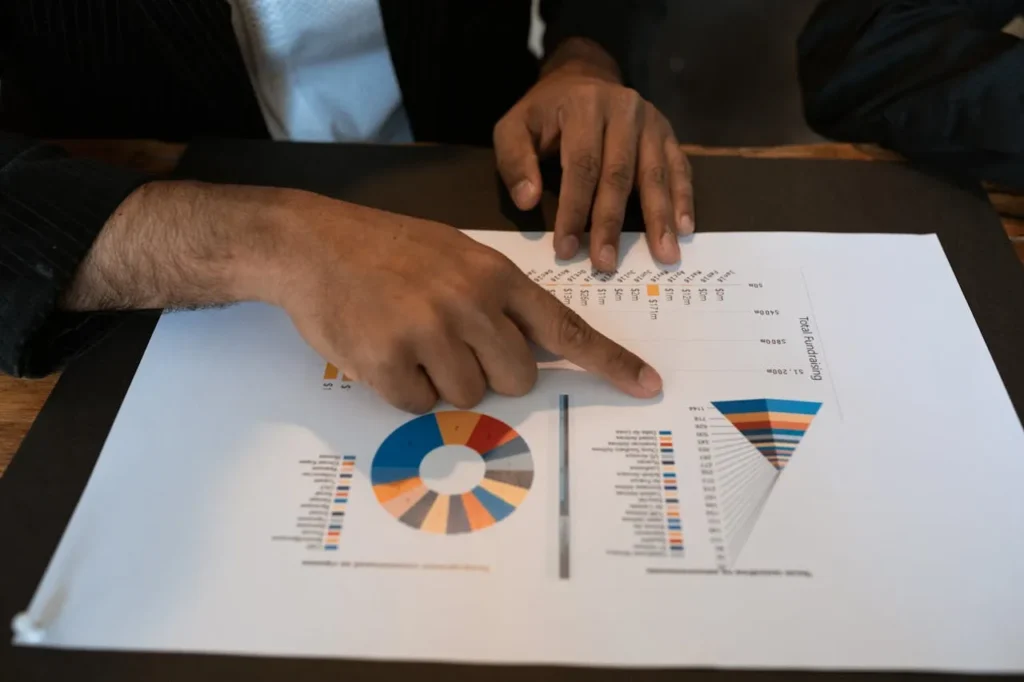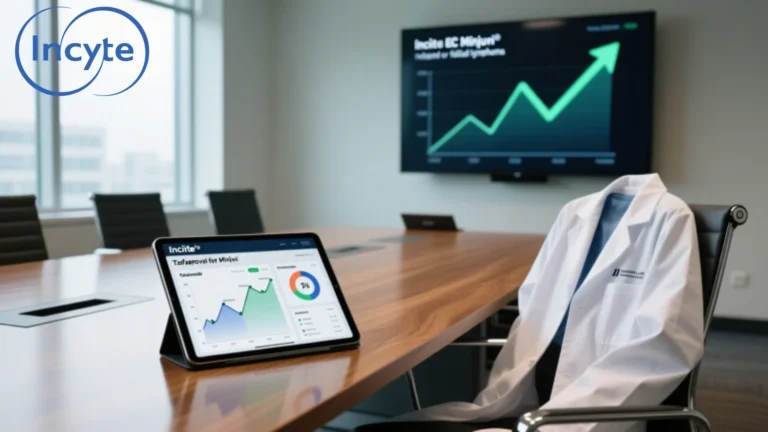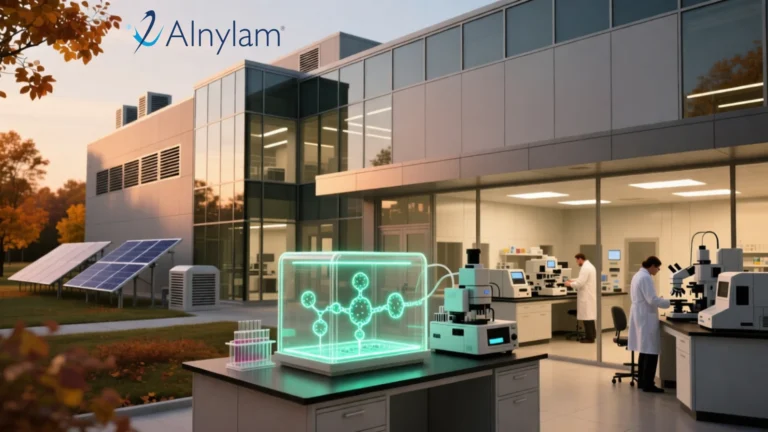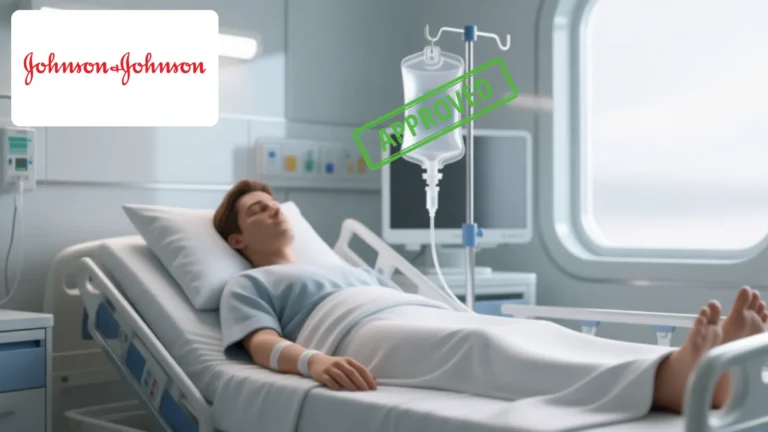
Gilead Sciences Reports Financial Results for First Quarter 2025
Gilead Sciences, Inc. (Nasdaq: GILD) has unveiled its financial and operational performance for the first quarter of 2025, underscoring a steady start to the year that reflects both commercial momentum and promising pipeline developments. The biopharmaceutical giant reported total quarterly revenue of $6.7 billion, maintaining parity with the same period in 2024, while navigating challenges in oncology and COVID-19-related product sales. These were counterbalanced by robust growth in HIV and liver disease franchises.
Chairman and Chief Executive Officer Daniel O’Day credited the positive quarterly performance to disciplined financial stewardship and successful execution across commercial and clinical operations. “Gilead had a strong start to the year driven by excellent commercial and clinical execution along with disciplined expense management,” O’Day remarked. “Our base business grew 4% year-over-year, primarily led by Biktarvy’s continued strength, and we announced positive topline Phase 3 results for Trodelvy plus pembrolizumab in first-line PD-L1+ metastatic triple-negative breast cancer. With the upcoming June PDUFA date for lenacapavir for HIV prevention, and continued progress across our diverse pipeline, we look forward to building on our positive momentum throughout the year.”
Key Financial Highlights: A Return to Profitability Amid Strategic Resets
Gilead’s diluted earnings per share (EPS) for Q1 2025 reached $1.04, marking a significant rebound from a loss of $(3.34) per share during the same quarter of 2024. This improvement was largely attributed to the absence of non-recurring charges that weighed down prior-year results—most notably, a $3.9 billion acquired in-process research and development (IPR&D) expense related to the CymaBay Therapeutics acquisition and a $2.4 billion pre-tax impairment tied to Immunomedics assets acquired in 2020.
On a non-GAAP basis, diluted EPS climbed to $1.81, a stark contrast to $(1.32) in the first quarter of 2024, driven by the normalization of R&D-related expenses and the elimination of acquisition-related impairments.
Gilead concluded the quarter with $7.9 billion in cash and cash equivalents, down from $10.0 billion at year-end 2024, reflecting ongoing investments in share repurchases, debt repayment, and dividend payouts. The company generated $1.8 billion in operating cash flow and returned capital to shareholders via $1.0 billion in dividends and $730 million in share repurchases. Additionally, Gilead retired $1.8 billion in Senior Notes in February 2025, further strengthening its balance sheet.
Product Sales Performance: HIV and Liver Disease Strength Offset COVID and Oncology Pressures
Product sales in the first quarter totaled $6.6 billion, a slight 1% year-over-year decline. However, when excluding the COVID-19 antiviral Veklury® (remdesivir), which saw a 45% drop in sales due to decreasing COVID-19 hospitalizations, product sales increased by 4% to $6.3 billion. The increase was largely fueled by higher demand and pricing across HIV and liver disease treatment categories.
HIV Portfolio: Biktarvy and Descovy Propel Segment Growth
Gilead’s HIV franchise once again proved to be the company’s cornerstone, posting 6% year-over-year growth to reach $4.6 billion in sales. Biktarvy® led the charge with sales climbing 7% to $3.1 billion, reflecting continued global demand for the once-daily, single-tablet regimen. Sales of Descovy® surged 38% to $586 million, driven by favorable pricing trends and increasing demand, particularly in pre-exposure prophylaxis (PrEP) applications.
These gains reflect Gilead’s sustained leadership in the HIV treatment landscape and set the stage for further expansion with potential upcoming regulatory milestones—most notably, the anticipated FDA decision on lenacapavir for HIV prevention in June 2025.
Liver Disease: Steady Uptick in Demand Across Key Indications

The liver disease portfolio posted a 3% increase in revenue, reaching $758 million. Demand was particularly strong for products treating primary biliary cholangitis (PBC), chronic hepatitis B virus (HBV), and hepatitis delta virus (HDV). This growth was partially offset by a lower average realized price for hepatitis C virus (HCV) therapies, reflecting evolving market dynamics and competitive pricing.
Veklury: COVID-19 Decline Continues
Sales of Veklury dropped to $302 million in the quarter, a 45% decrease compared to Q1 2024. The decline reflects the continued global tapering of COVID-19 hospitalizations, though the product remains a tool in pandemic preparedness strategies.
Oncology and Cell Therapy: Mixed Results Reflect Transition Period
Gilead’s oncology and cell therapy businesses experienced a 3% overall decline, with revenue from cell therapies reaching $464 million.
- Yescarta® (axicabtagene ciloleucel) generated $386 million, up 2% year-over-year. Growth was fueled by international demand and pricing improvements, partially offset by reduced U.S. utilization.
- Tecartus® (brexucabtagene autoleucel) fell sharply by 22% to $78 million due to lower domestic demand, highlighting the volatility and complexity of the cell therapy marketplace.
- Trodelvy® (sacituzumab govitecan-hziy) sales dipped 5% to $293 million, impacted by inventory fluctuations and lower average realized prices, despite an uptick in demand. However, the drug’s longer-term outlook remains positive given recent Phase 3 results showing promising efficacy in combination with pembrolizumab for PD-L1+ metastatic triple-negative breast cancer.
Operational Efficiency and R&D Investment Trends
Gilead reported a stable product gross margin of 76.7% in the quarter (compared to 76.6% in Q1 2024). On a non-GAAP basis, gross margin was 85.5%, slightly up from 85.4%, underscoring strong operational consistency.
- Research and Development (R&D) expenses were $1.4 billion, down from $1.5 billion in the prior year. This decline stemmed from lower clinical manufacturing costs and the absence of CymaBay acquisition-related expenditures. Non-GAAP R&D spending totaled $1.3 billion, also reflecting similar trends.
- Acquired IPR&D expenses reached $253 million, primarily tied to Gilead’s strategic partnership with LEO Pharma announced in January 2025, which focuses on advancing dermatological therapies.
- Selling, General, and Administrative (SG&A) expenses totaled $1.3 billion, slightly below the $1.4 billion recorded in Q1 2024. The reduction was due to the absence of prior-year acquisition costs and lower corporate overhead, partially offset by increased U.S. marketing expenses. On a non-GAAP basis, SG&A expenses were $1.2 billion.
Tax Rate Dynamics Reflect Strategic Shifts
Gilead’s effective tax rate (ETR) for Q1 2025 was 20.2%, up from 7.0% a year earlier. The non-GAAP ETR was 16.3%, a notable shift from the negative (29.8)% rate in Q1 2024. These movements primarily reflect the prior-year impact of non-deductible IPR&D expenses associated with the CymaBay acquisition and favorable tax benefits from stock-based compensation in the current year.
Lenacapavir, Oncology Trials, and Pipeline Momentum
With a diverse and evolving pipeline, Gilead is entering the remainder of 2025 with cautious optimism. The company is particularly focused on the pending FDA decision for lenacapavir in HIV prevention, a milestone that could bolster its leadership in virology. Additionally, the promising results from the Phase 3 trial combining Trodelvy with Merck’s Keytruda (pembrolizumab) position Gilead for further traction in oncology, an area where it continues to build a differentiated presence.
Meanwhile, the company’s alliance with LEO Pharma and ongoing efforts in liver disease and inflammation research signal a broader strategic vision that extends beyond its traditional HIV stronghold.




